An optically active compound is
1 - bromobutane
β - bromobutyric acid
2 - bromo - 2- methylpropane
1- bromo - 2 - methylpropane
The correct Answer is:B
To determine which of the given compounds is optically active, we need to follow these steps:
Step 1: Understand the Definition of Optically Active Compounds
An optically active compound is one that has a chiral center, typically a carbon atom that is sp3 hybridized and bonded to four different groups. This results in non-superimposable mirror images known as enantiomers.
Step 2: Analyze Each Compound
We will analyze each of the four given compounds to check for chirality.
Option A: Bromobutane
1. Structure: CH3-CH2-CHBr-CH3 (Bromobutane)
2. Check for Chirality: The carbon with the bromine (C3) is attached to two hydrogen atoms and two methyl groups (CH3). Since it has two identical groups (H), it is not chiral.
3. Conclusion: Not optically active.
Option B: Beta-Bromobutyric Acid
1. Structure: CH3-CH(Br)-CH2-COOH (Beta-Bromobutyric Acid)
2. Check for Chirality: The highlighted carbon (C2) has four different groups: CH3, H, Br, and CH2COOH.
3. Conclusion: This carbon is chiral and thus the compound is optically active.
Option C: 2-Bromo-2-methylpropane
1. Structure: (CH3)2C(Br)CH3
2. Check for Chirality: The carbon with bromine (C2) is bonded to three identical methyl groups (CH3) and one bromine. Since it has three identical groups, it is not chiral.
3. Conclusion: Not optically active.
Option D: 1-Bromo-2-methylpropane
1. Structure: CH3-CH(Br)-CH(CH3)-CH2
2. Check for Chirality: The carbon with bromine (C2) is attached to two identical methyl groups (CH3) and two other groups (Br and H). Since it has two identical groups, it is not chiral.
3. Conclusion: Not optically active.
Step 3: Final Conclusion
After analyzing all options, the only compound that is optically active is Option B: Beta-Bromobutyric Acid.
An optically active compound is one that has a chiral center, typically a carbon atom that is sp3 hybridized and bonded to four different groups. This results in non-superimposable mirror images known as enantiomers.
We will analyze each of the four given compounds to check for chirality.
1. Structure: CH3-CH2-CHBr-CH3 (Bromobutane)
2. Check for Chirality: The carbon with the bromine (C3) is attached to two hydrogen atoms and two methyl groups (CH3). Since it has two identical groups (H), it is not chiral.
3. Conclusion: Not optically active.
1. Structure: CH3-CH(Br)-CH2-COOH (Beta-Bromobutyric Acid)
2. Check for Chirality: The highlighted carbon (C2) has four different groups: CH3, H, Br, and CH2COOH.
3. Conclusion: This carbon is chiral and thus the compound is optically active.
1. Structure: (CH3)2C(Br)CH3
2. Check for Chirality: The carbon with bromine (C2) is bonded to three identical methyl groups (CH3) and one bromine. Since it has three identical groups, it is not chiral.
3. Conclusion: Not optically active.
1. Structure: CH3-CH(Br)-CH(CH3)-CH2
2. Check for Chirality: The carbon with bromine (C2) is attached to two identical methyl groups (CH3) and two other groups (Br and H). Since it has two identical groups, it is not chiral.
3. Conclusion: Not optically active.
After analyzing all options, the only compound that is optically active is Option B: Beta-Bromobutyric Acid.
Topper's Solved these Questions
Similar Questions
An optically active compound A upon acid catalysed hydrolysis yield two optically active compound B and C by pseudo first order kinetics. The observed rotation of the mixture after 20 min was 5∘ while after completion of the reaction it was –20∘. If optical rotation per mole of A, B & C are 60∘,40∘&–80∘. Calculate half life of the reaction.
View SolutionAn optically active compound with molecular formula C6H11N dissolves in dilute aqueous HCl and releases N2 on treatment with HNO2. The compound on Hofmann eliminatioon gives
View Solution
Knowledge Check
The device that is used for measuring the effect of plane polarized light on optically active compounds is known as
ApolariscopeBpolarimeterCboth(1)and(2)DperiscopeAn optically active compound A with molecular formula C8H14 undergoes catalytic hydrogenation togive meso compound, the structure of (A) is:
A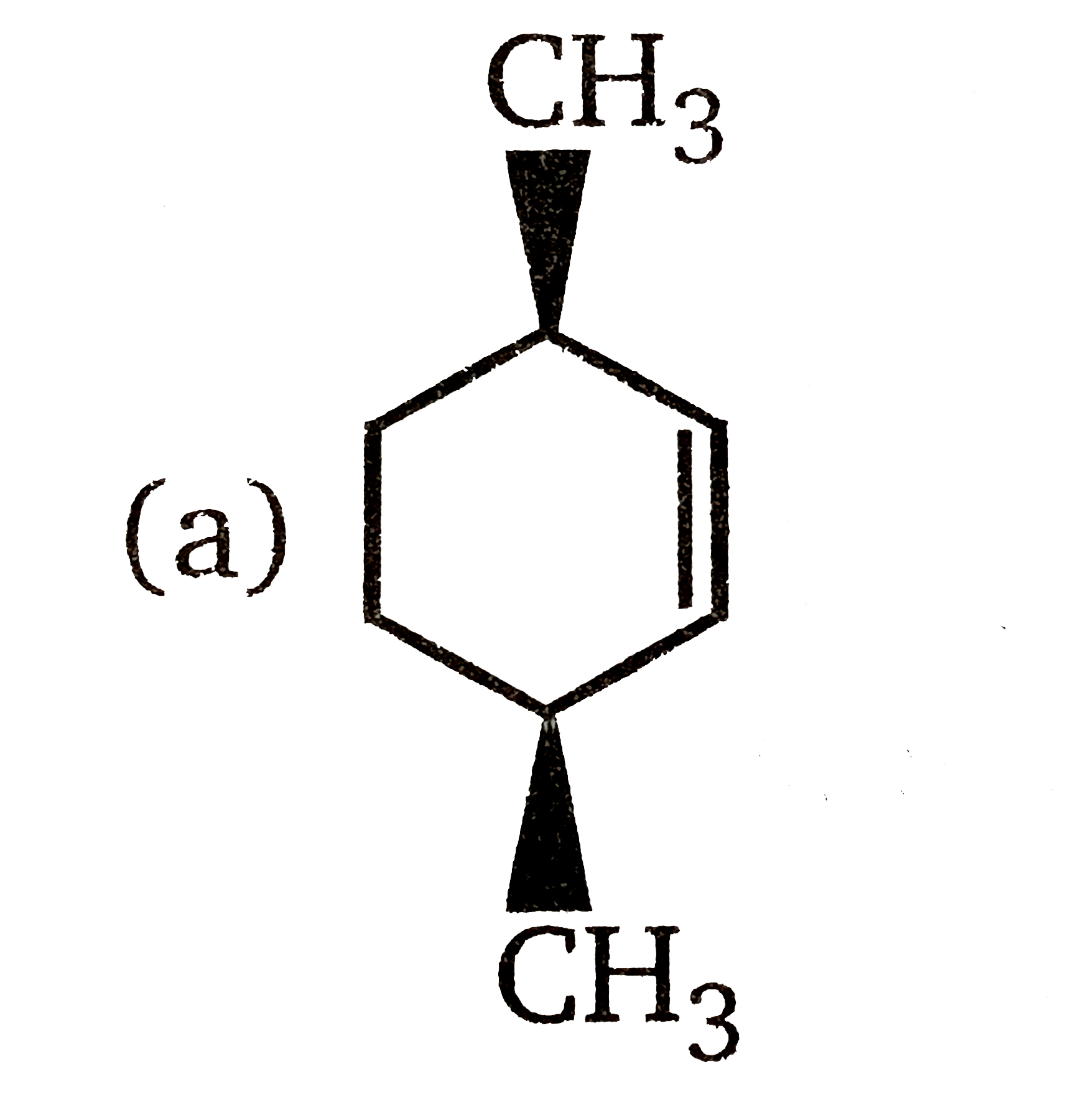 B
B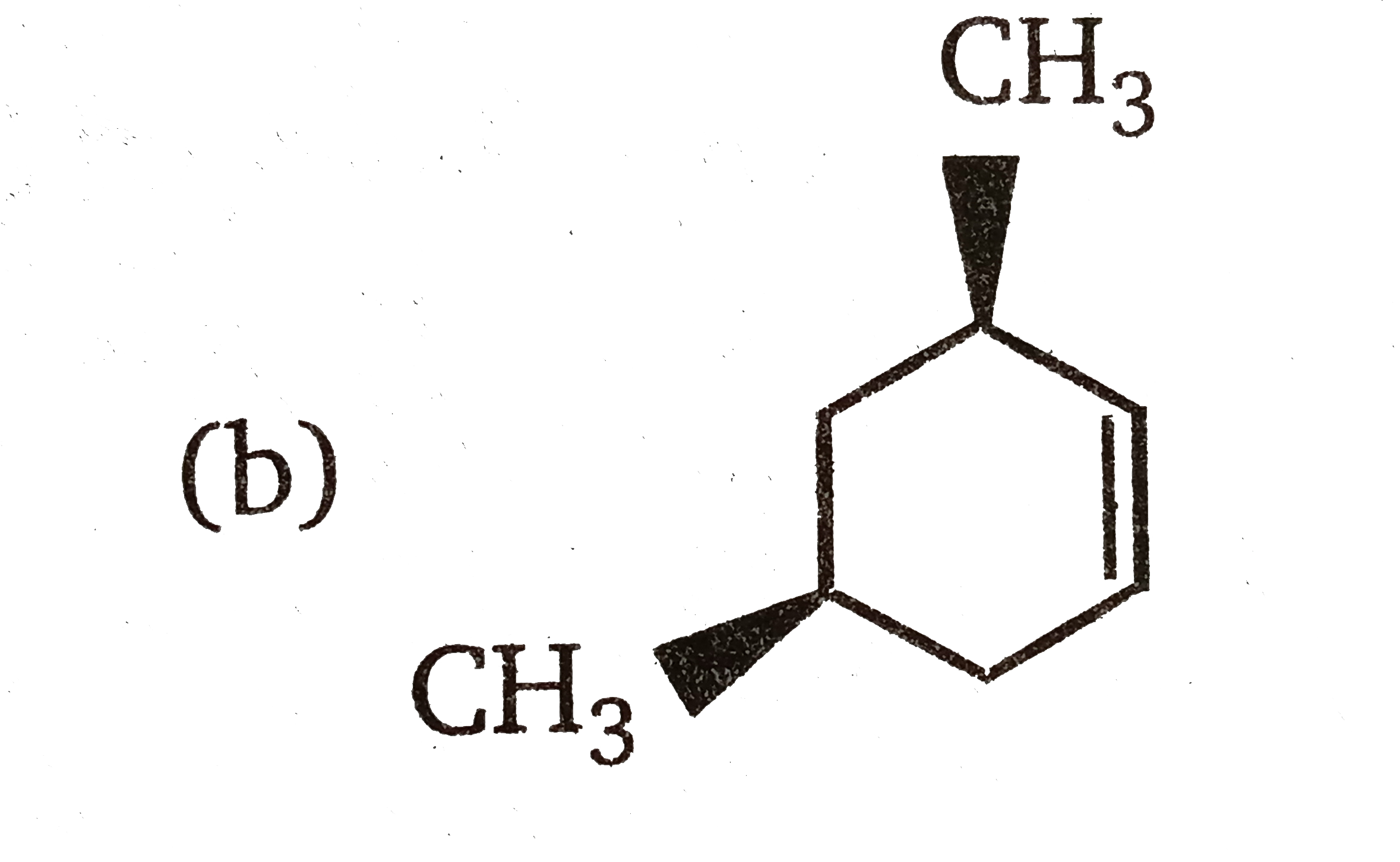 C
C D
D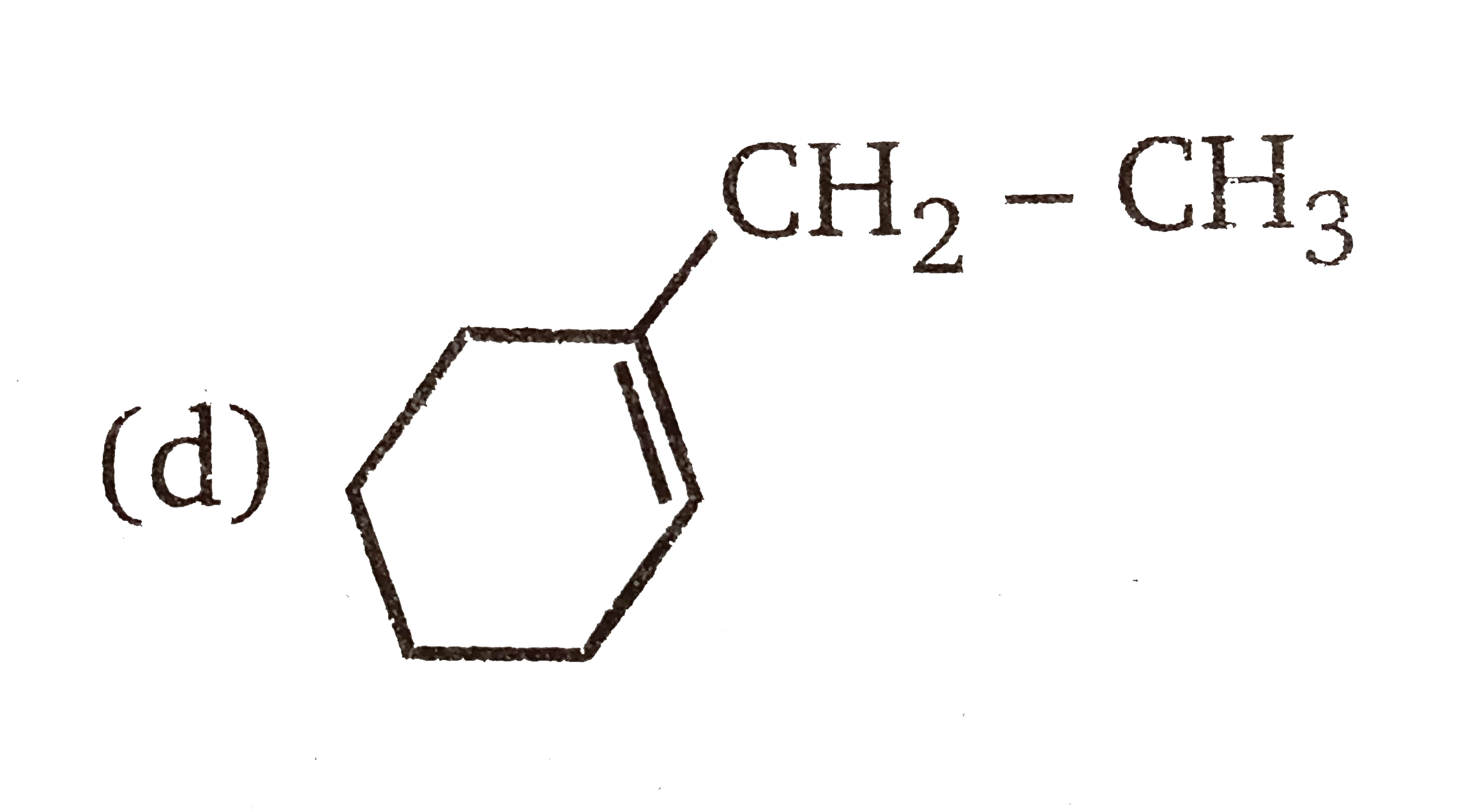
An optically active compound A with molecular formula C6H14 undergoes catalytic hydrogenation to give an optically inactive product. Which of the following structures for A is/are consistent with all the data?
A B
B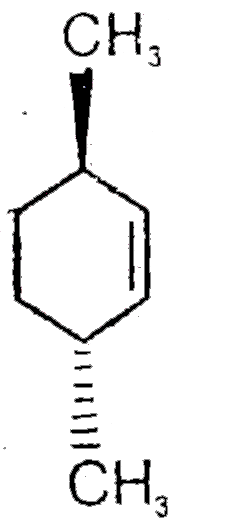 C
C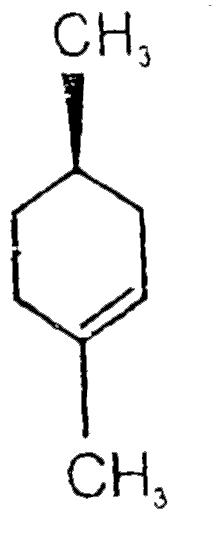 D
D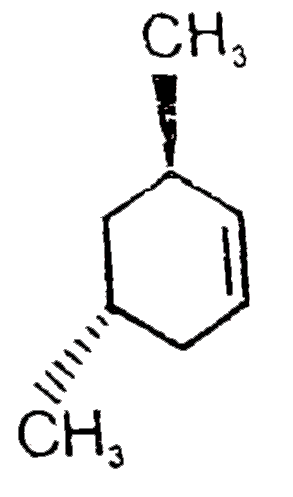
An optically active compound X has molecular formular
C4H8O3. It evolves CO2 with aq NaHCO3 X reacts with LiAlH4 give an achirla compound , X si .
View SolutionAn optically active compound A (assume dextrorotatory) has the molecular formula C7H11Br. A reacts with hydrogen bromide, in the absence of peroxides to yield isomeric products, B and C, with the molecular formula C7H12Br2. Compound B is optically active, C is not. Treating B with 1 mol of potassium butoxide yields (+)−A. Treating C with 1 mol of potassium tert-butoxide yields (±)−A. Treating A with potassium tert-butoxide yields D(C7H10). Subjecting 1 mol of D to ozonolysis followed by treatement with zinc and acetic acid yields 2 moles of formaldehyde and 1 mole of 1,3-cyclopentanedione.
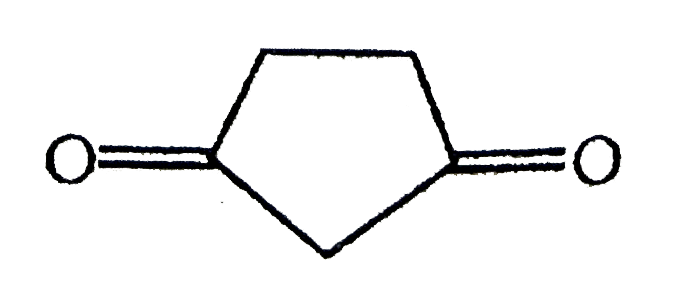
The optically active compound 'A' is
View SolutionR and S paris of enantiomers differ form one another in
View SolutionThe d and l enantiomers of an optically active compound differ in
View SolutionThe (R-) and (S-) enantiomers of an optically active compound differ in
View Solution
